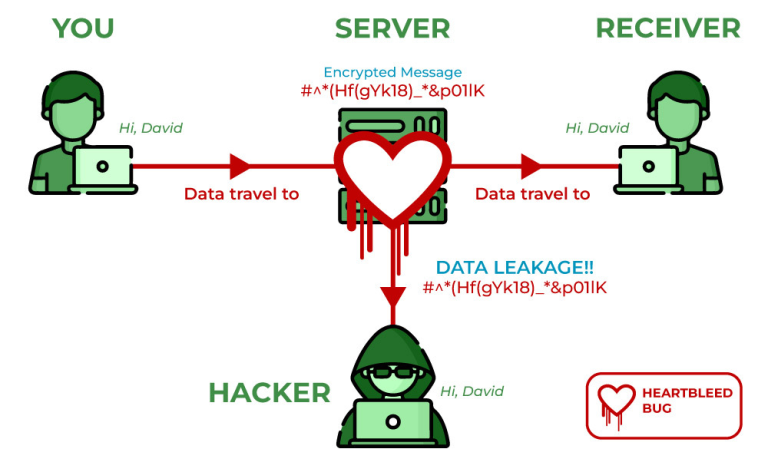Scam description :
The Pink WhatsApp Scam, although primarily a social engineering attack, incorporates certain technical elements to deceive users and compromise their devices. In this article, we delve into the technical aspects of the scam, shedding light on the underlying techniques employed by scammers to carry out their deceptive activities.
- Link Manipulation and Redirection: The Pink WhatsApp Scam often involves malicious actors manipulating URLs to redirect users to fraudulent websites or app stores. They may disguise the links by using URL shorteners or obfuscation techniques, making it difficult for users to identify the true destination. Through these deceptive links, scammers redirect users to pages where they are prompted to download the supposed pink version of WhatsApp or share the message with their contacts.
- Malicious Application Installation: Upon following the redirected links, users are presented with malicious applications disguised as the pink version of WhatsApp. These applications are typically hosted on third-party app stores or unauthorized websites. To make the application appear legitimate, scammers often use official-looking icons, descriptions, and screenshots. When users download and install these applications, they unknowingly introduce malware or rogue apps onto their devices.
- Exploitation of User Permissions: Once the malicious application is installed, it may request various permissions that are typically beyond what a messaging application like WhatsApp would require. These permissions can include access to contacts, SMS messages, call logs, camera, microphone, and device storage. By obtaining these permissions, scammers gain control over sensitive user data, which can be exploited for further malicious activities.
- Data Theft and Unauthorized Access: With access to user permissions and sensitive data, scammers can steal personal information, such as contact lists, text messages, and call logs. This information can be used for various nefarious purposes, including identity theft, unauthorized access to personal accounts, or targeted phishing attacks. Additionally, the compromised devices become potential platforms for spreading malware or participating in botnet networks.
- Adware and Monetization: In some cases, the Pink WhatsApp Scam involves the installation of adware on users’ devices. Adware generates intrusive advertisements, pop-ups, or browser redirects to monetize the scam. These ads can be highly disruptive, interfere with the user experience, and potentially lead to further infections if users click on malicious ads.
Impacts :
- Privacy Breach: Users who download and install the malicious applications associated with the scam unknowingly grant access to their sensitive data. This can include personal information, contact lists, messages, and more. The scammers can exploit this data for identity theft, unauthorized access to personal accounts, or targeted attacks.
- Financial Loss: In some cases, the Pink WhatsApp Scam may lead to financial losses for victims. For instance, scammers may use the compromised devices to conduct fraudulent transactions, steal banking credentials, or participate in cryptocurrency scams. This can result in unauthorized charges, drained bank accounts, or financial fraud.
- Malware Infections: The malicious applications distributed through the Pink WhatsApp Scam can introduce various forms of malware onto users’ devices. This includes spyware, ransomware, adware, or even remote access tools. These malware infections can cause system slowdowns, data loss, unauthorized access, or further propagation of malware to other devices on the network.
- Spread of Scams and Misinformation: By enticing users to share the scam message with their contacts, the Pink WhatsApp Scam contributes to the rapid spread of misinformation and potentially exposes more individuals to the scam. This can lead to a cascading effect, with more people falling victim to the deception and suffering its consequences.
- Damage to Reputation: For organizations that become victims of the Pink WhatsApp Scam, there can be significant reputational damage. Users may lose trust in the company’s ability to protect their data and privacy, impacting customer relationships and brand image.
- Disruption of Services: In some cases, the Pink WhatsApp Scam may lead to the disruption of services or productivity. For instance, if malware infections occur within an organization, it can result in network disruptions, data breaches, or the need for extensive cleanup and recovery efforts.
Mitigations :
- Stick to Official App Stores: To mitigate the risk of falling victim to the Pink WhatsApp Scam, it is crucial to download applications only from official sources, such as the Google Play Store or Apple App Store. These platforms implement strict security measures to minimize the presence of malicious applications.
- Enable App Store Security Settings: Keep the “Unknown Sources” option disabled on your device’s security settings. This prevents the installation of apps from unauthorized sources, reducing the likelihood of downloading malicious applications.
- Stay Informed and Educated: Regularly update yourself about the latest scams and techniques used by cybercriminals. By staying informed, you can recognize suspicious patterns, identify potential risks, and take appropriate precautions.
- Use Antivirus and Security Software: Install reputable antivirus and security software on your devices to detect and block known threats. Ensure that the software is regularly updated to provide optimal protection against emerging malware and scams.
- Report and Share: If you encounter the Pink WhatsApp Scam or any other similar scams, report them to WhatsApp or relevant authorities. Sharing your experiences and knowledge with others can help raise awareness and prevent more individuals from falling victim to such deceptive practices.
Take away: The Pink WhatsApp Scam employs a combination of social engineering tactics and technical elements to deceive users and compromise their devices. By understanding the technical aspects of the scam, users can enhance their knowledge and take proactive steps to protect themselves. Vigilance, adherence to secure browsing practices, and reliance on official app stores are essential in maintaining a secure digital environment free from the dangers of scams like the Pink WhatsApp Scam.
Disclaimer : The information provided herein is on “as is” basis, without warranty of any kind.





